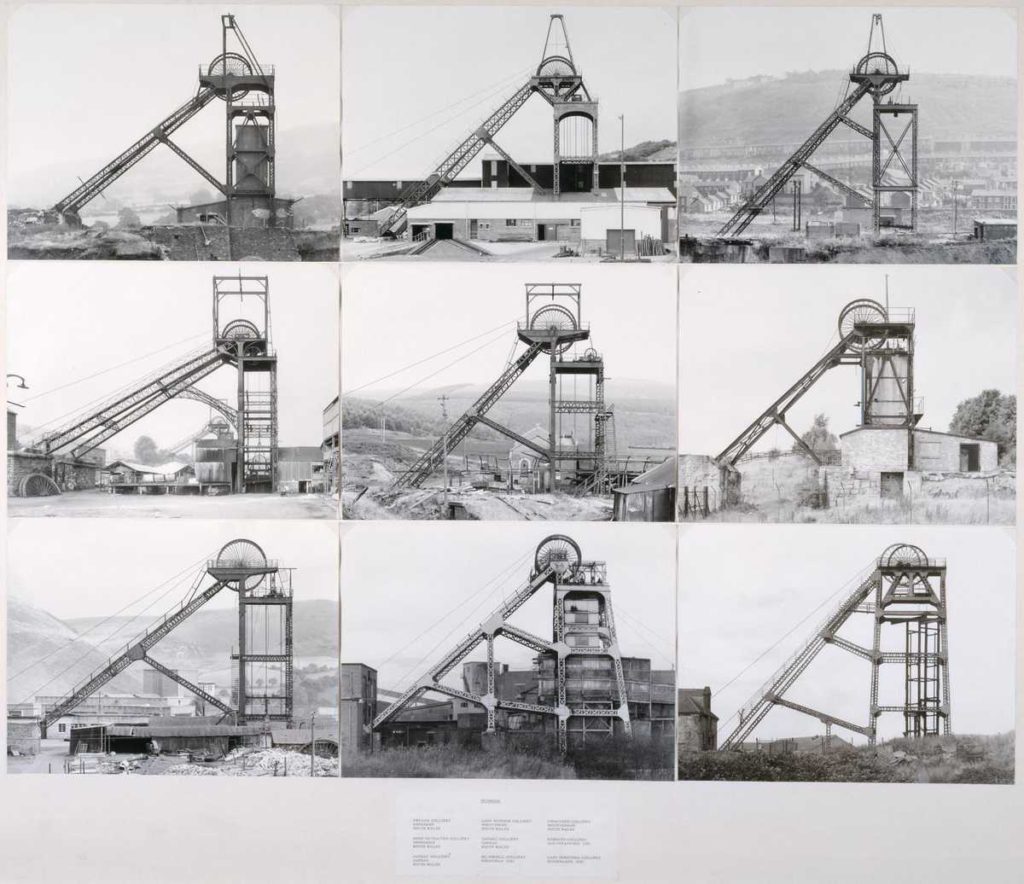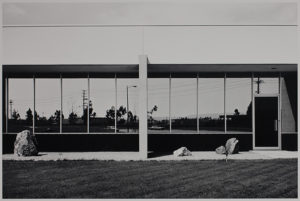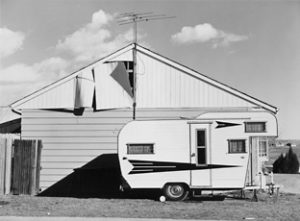New topographics was a term coined by William Jenkins in 1975 to describe a group of American photographers (such as Robert Adams and Lewis Baltz) whose pictures had a similar banal aesthetic, in that they were formal, mostly black and white prints of the urban landscape
Pitheads (1974)
New topographics was a turning point in the history of photography, the 1975 exhibition New Topographics signaled a radical shift away from traditional depictions of landscape.
What was the new topographics a reaction to
The stark, beautifully printed images of the mundane but oddly fascinating topography was both a reflection of the increasingly suburbanised world around them, and a reaction to the tyranny of idealised landscape photography that elevated the natural and the elemental.
Post War America struggled with:
-inflation and labour rest. The country’s main economic concern in the immediate post-war years was inflation.
-The baby boom and suburbia. Making up for lost time, millions of returning veterans soon married and started families
-isolation and splitting of the family unit, pharmaceuticals and mental health problems
-Vast distances, road networks and mobility
What was the new topographics inspired by?
Many of the photographers associated with new topographics including Robert Adams, Lewis Baltz, Nicholas Nixon and Bernd and Hiller Becher, were inspired by the man-made, selecting subject matter that was matter-of-fact. Parking lots, suburban housing and warehouses were all depicted with a beautiful stark austerity, almost in the way early photographers documented the natural landscape.





